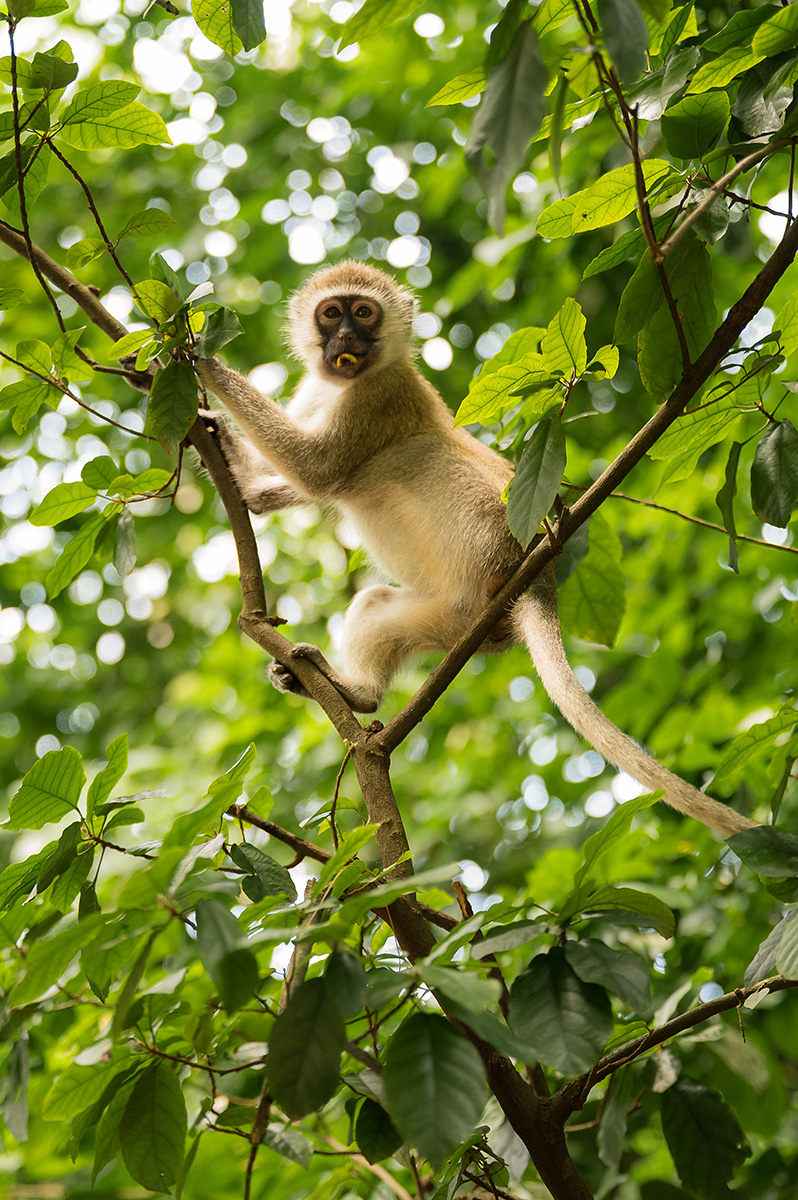Forest Restoration at Haller Park – From Quarry to Forest
- Conservation
- Forest Restoration at Haller Park – From Quarry to Forest
Forest Restoration at Haller Park
The story of Haller Park in Mombasa begins with a barren limestone quarry, stripped of soil, plants, and life. Thanks to visionary ecologist Dr. René Haller, what was once a lifeless wasteland is now a thriving forest ecosystem.
Forest restoration here has become a global model of ecological recovery, inspiring conservationists, students, and visitors worldwide.
The Challenge of a Barren Quarry
Dr. René Haller’s Innovative Approach
Dr. Haller pioneered a step-by-step ecological restoration method:
- Soil enrichment: Using millipedes and organic waste to break down limestone dust into fertile soil.
- Pioneer species: Planting hardy trees like casuarina, which could tolerate poor soils and create shade.
- Biodiversity layering: Introducing shrubs, grasses, and creepers to stabilize soil and attract insects.
- Wildlife attraction: With vegetation established, birds and mammals began returning naturally.
This process created a self-sustaining ecosystem where none had existed before.
Today’s Restored Forest Ecosystem
More than 50 years later, Haller Park’s restored forest supports:
- Over 3 million trees, including neem, baobab, and mangroves
- 30+ mammal species, from monkeys to antelope
- 290+ bird species, such as weavers, eagles, and kingfishers
- Countless insects and pollinators that keep the forest alive
What was once rock and dust is now a shaded paradise, with cooling microclimates and rich biodiversity.
Benefits of Forest Restoration at Haller Park
The forest does more than provide beauty — it delivers essential ecosystem services:
- Climate regulation: Absorbing CO₂ and moderating local temperatures
- Soil improvement: Preventing erosion and adding organic matter
- Water cycles: Encouraging rainfall retention and groundwater recharge
- Habitat creation: Supporting wildlife populations that had disappeared from the area
Education & Research
Haller Park’s forest restoration has become a living classroom. Each year, schools, universities, and international researchers study:
- Reforestation techniques
- Species adaptation in restored ecosystems
- The impact of biodiversity on soil recovery
Visitors can also join guided forest walks to experience the transformation firsthand.
Plan Your Visit
Opening Hours: 8:00am – 5:00pm daily
Location: Bamburi, Mombasa
Entry Info: View tickets and packages
Map & Directions: Bamburi, Off Mombasa-Malindi Road
FAQs – Forest Restoration at Haller Park
Some Attractions

Aquaculture & Wetlands
See how our sustainable fish ponds work hand-in-hand with nature to support biodiversity and local communities.

Forest Trails & Birdwatching
Enjoy peaceful walks through restored forest habitats. Look out for monkeys, antelopes, and over 160 bird species.

Butterfly Pavilion
Step inside Kenya’s first butterfly house and be surrounded by color, movement, and the magic of metamorphosis.
